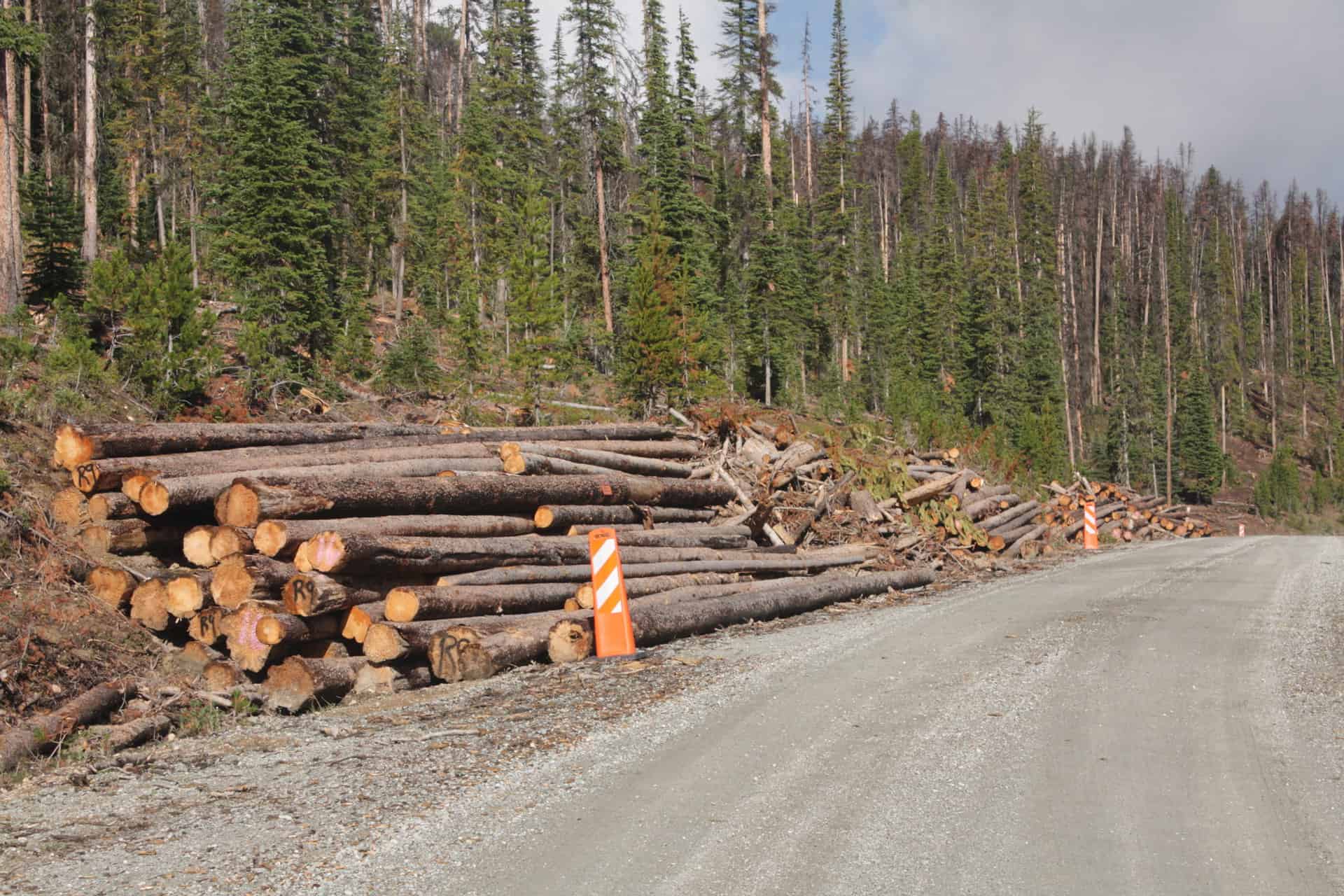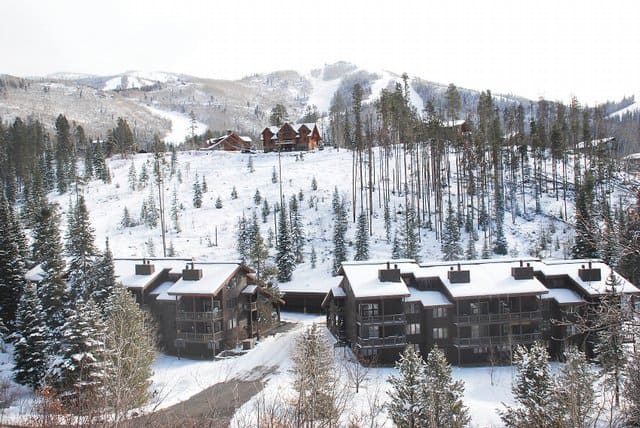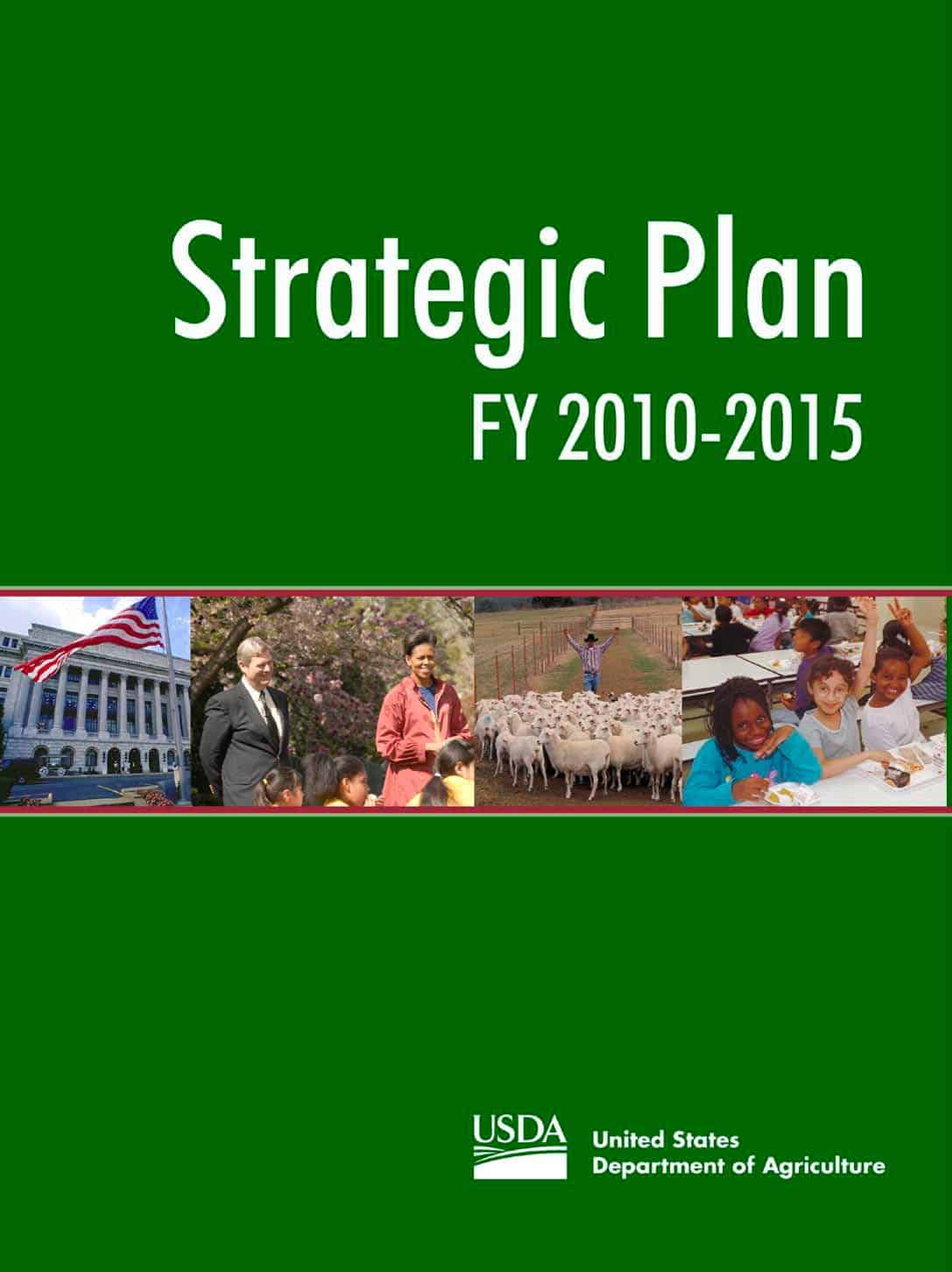One of the great things about living in Golden, Colorado is that we (along with Boulder and other communities around here) are a nexus of the renewable energy and climate science research world. In addition, we have producers of oil and natural gas and coal, and scientists and lawyers who deal with these industries. For example, here is a session put on by University of Colorado Law School, Natural Resources Law Center on Friday exploring technological, economic, environmental and regulatory issues around shale plays in the Interior West. There is probably nowhere better to have an informed debate around climate and traditional and new energy technologies. One of my current pet projects is attempting to engineer practitioner- academic dialogues about climate and energy issues where they overlap with public lands and forest issues (like this blog, only in person).
Friday afternoon I attended a lecture by Michael Hulme, the author of Why We Disagree About Climate Change. I thought that this was a great book; but if you want to get a shorter version of some of his ideas, try this piece.
When I was working on this post, I discovered that Mark McCaffrey had already summarized yesterday’s lecture here (and taken better notes; ain’t the internet grand?).
Here are the six framings of climate change that Hulme presented:
1) Market failure (Stern report, etc.) with solution of price on carbon/price signal.
2) Technological failure with solution being massive investment in renewable energy and innovation.
3) Global injustice with solution being addressing the needs of the +1.5 billion living on dollars a day.
4) Symptom of overconsumption, with solution being radically reducing consumption, especially for those who live on $200 a day or more.
5) Climate change, if it is happening, is mostly natural, with adaptation being the typical “solution”.
6) Planetary “tipping point,” which, in the view of Jim Hansen, who introduced the concept of climatic tipping points, will require reducing concentrations of carbon dioxide to 350 parts per million or less.
So I asked Hulme in the Q&A session why we seem to be fighting about the framings instead of moving toward the obvious common solution found in framings 2, 3, 5 and 6. If low carbon energy were cheaper and environmentally better, everyone would adopt it and it would help poorer countries and regions- and people who didn’t believe in AGW would choose it because it was cheapest. He said that’s what folks who worked on the Hartwell paper thought.
Here’s a link to the Hartwell paper and a quote:
The Paper therefore proposes that the organising principle of our effort should be the raising up of human dignity via three overarching objectives: ensuring energy access for all; ensuring that we develop in a manner that does not undermine the essential functioning of the Earth system; ensuring that our societies are adequately equipped to withstand the risks and dangers that come from all the vagaries of climate, whatever their cause may be.
It explains radical and practical ways to reduce non-CO2 human forcing of climate. It
argues that improved climate risk management is a valid policy goal, and is not simply
congruent with carbon policy. It explains the political prerequisite of energy efficiency
strategies as a first step and documents how this can achieve real emissions reductions.
But, above all, it emphasisses the primacy of accelerating decarbonisation of energy
supply. This calls for very substantially increased investment in innovation in noncarbon
energy sources in order to diversify energy supply technologies. The ultimate
goal of doing this is to develop non-carbon energy supplies at unsubsidised costs less
than those using fossil fuels. The Hartwell Paper advocates funding this work by low
hypothecated (dedicated) carbon taxes. It opens discussion on how to channel such
money productively.To reframe the climate issue around matters of human dignity is not just noble or
necessary. It is also likely to be more effective than the approach of framing around
human sinfulness –which has failed and will continue to fail.The Hartwell Paper follows the advice that a good crisis should not be wasted
So what is the connection to matters on this blog? I wonder if these framings could help us better understand each other as we move forward to discuss biomass for energy as in this post and comments.







